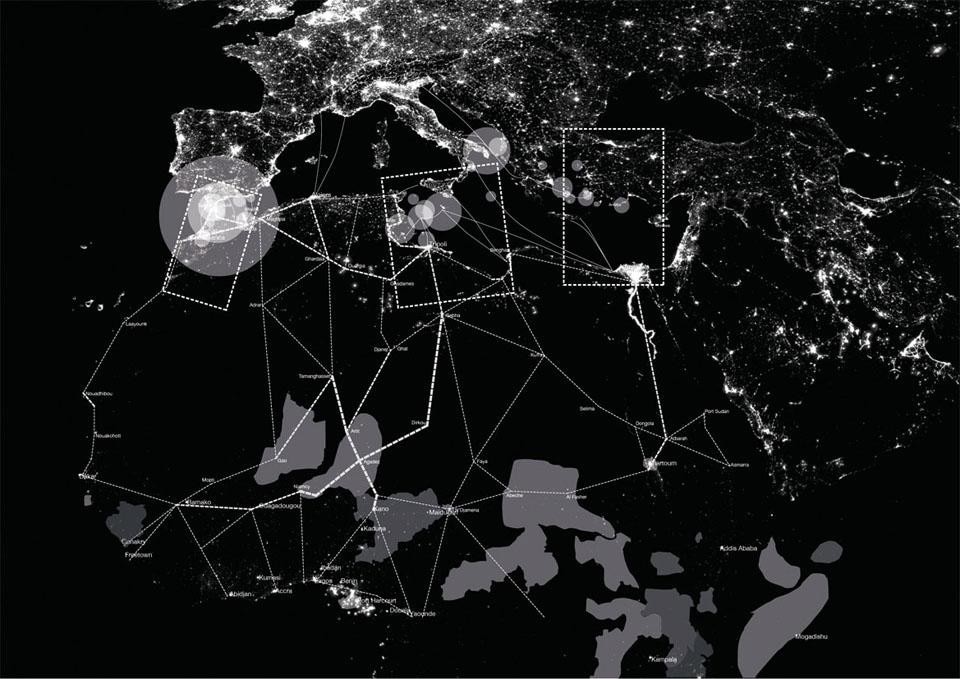That architecture is largely amoral is written in its origins and its evolution. Vitruvius was still a military engineer; and when we read of poor Madame Savoye, asked by Corb to place "beautiful wild plants" in the foyer of the uninhabitable Poissy masterpiece, or Miss Farnsworth, seduced, abandoned and even a loser in court battles against Mies, human empathy conflicts with our identification—as architects—with the cruelty of the masters' determination to achieve an architecturally significant result.
The profoundly ethical dimension of Lieven De Cauter's and Dieter Lesage's proposals (along with the 'impossibility' of the topic and the extreme synthesis of the postcard format) work as an effective means of contrast, revealing the fears, desires, tics, perversions, ideological drifts and fetishes of a meaningful sample of colleagues. At the same time, it allows the viewers of the two hundred 'projects' submitted to "Domus" to understand something about themselves, to take a sort of do-it-yourself test, as if, in their varying uncertainty, they were so many architectural Rorschach inkblots….
Postcard #140. [top image] From dream to the evidence of numbers. The graphic display of migration routes, nodes of convergence and the quantities involved show a truly imposing reality. The Strait of Gibraltar is one of the most problematic bottlenecks but the size of the Sahara is even more striking. A topic for a new consultation?
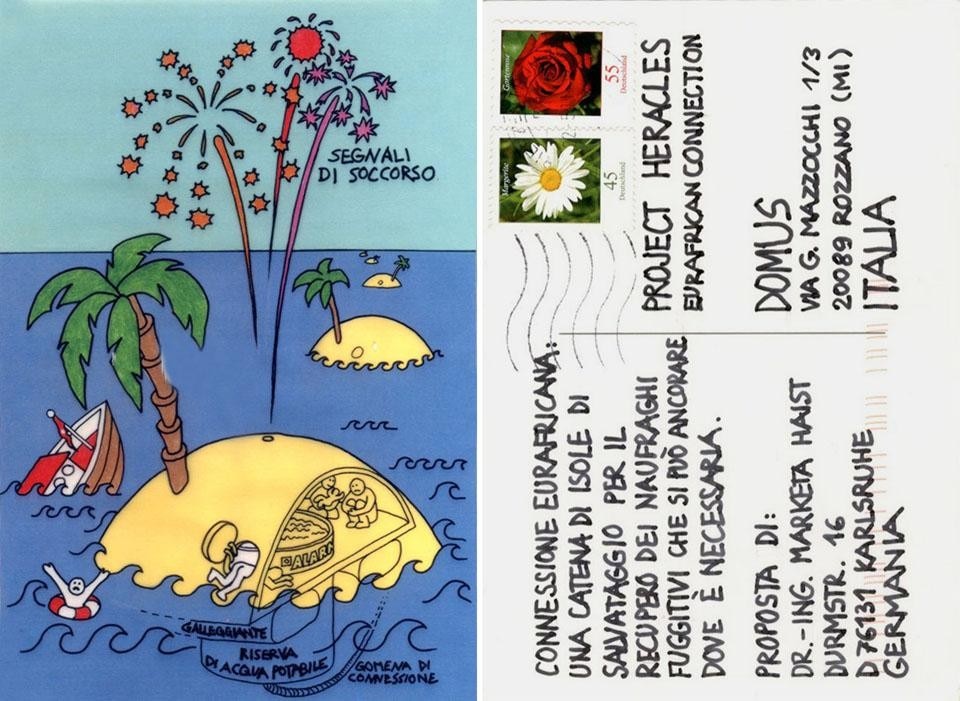
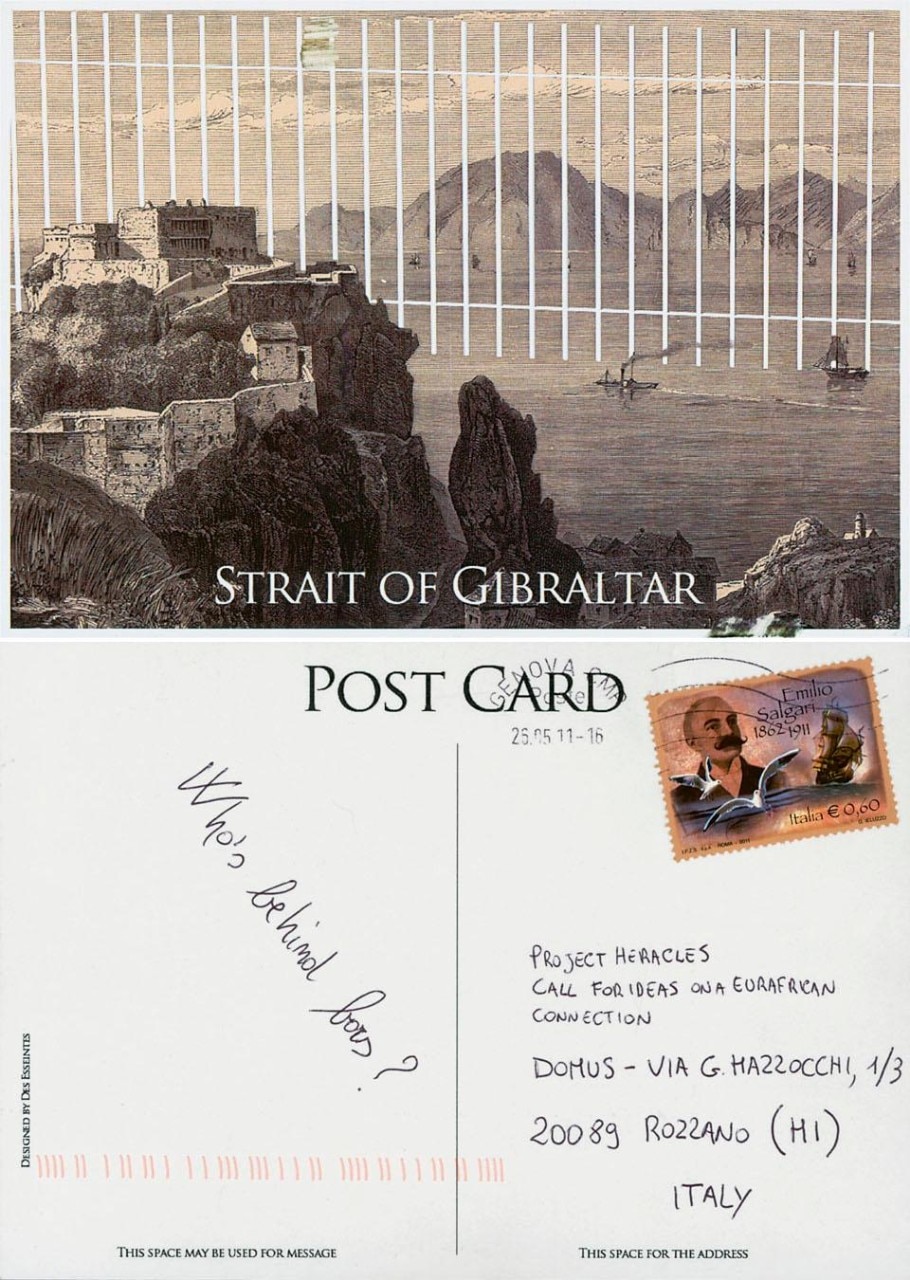
The more I look at it, the more I wonder if the effectiveness of the image (a simple graphic gesture in contrast to the figurative grace of the original drawing) will be resolved by moving towards indignation regarding the ferocity with which the EU has entrenched itself within its borders or by reassuring our desire to live as privileged inhabitants of a gigantic gated community.
That architecture is largely amoral is written in its origins and its evolution.
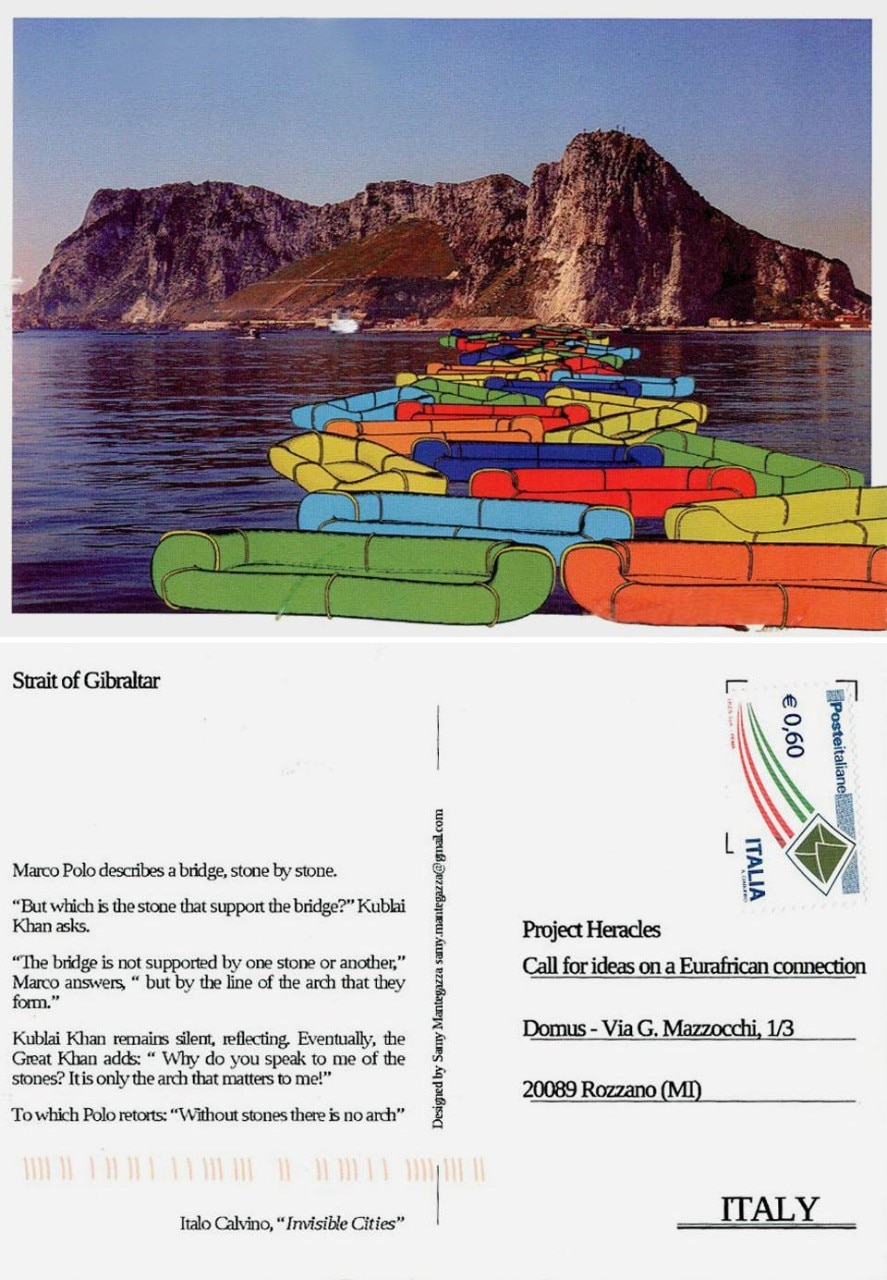
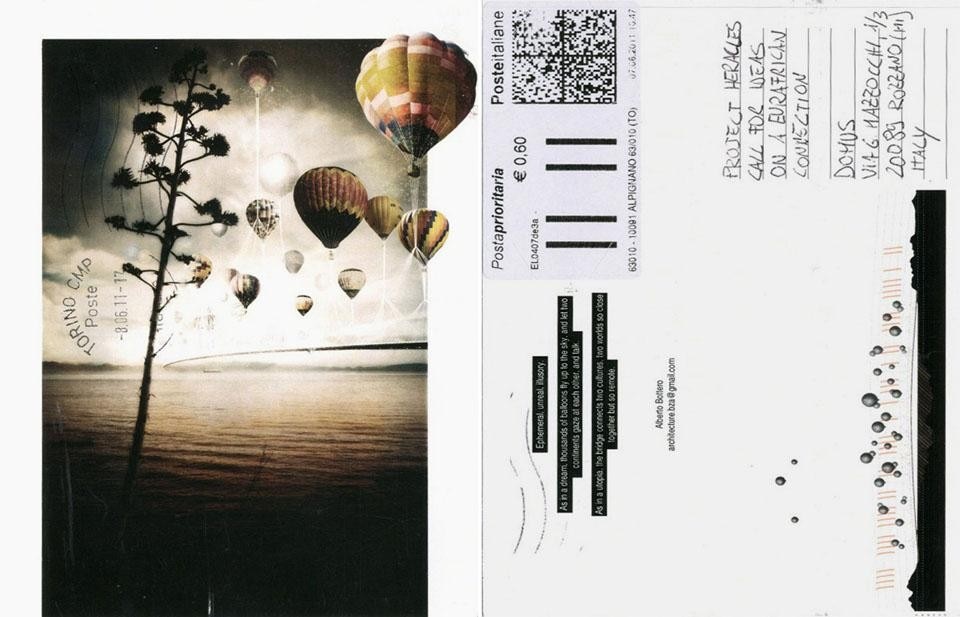
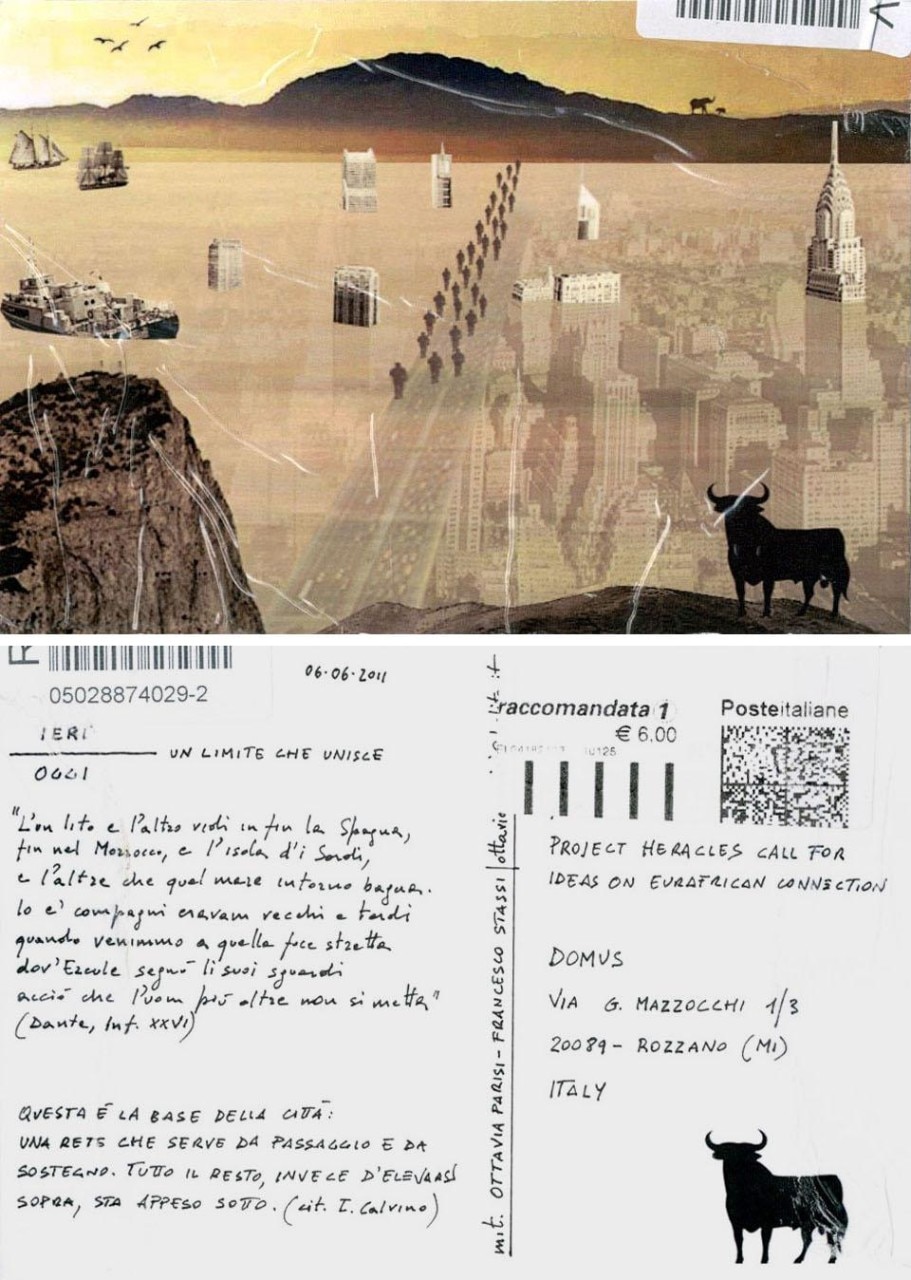
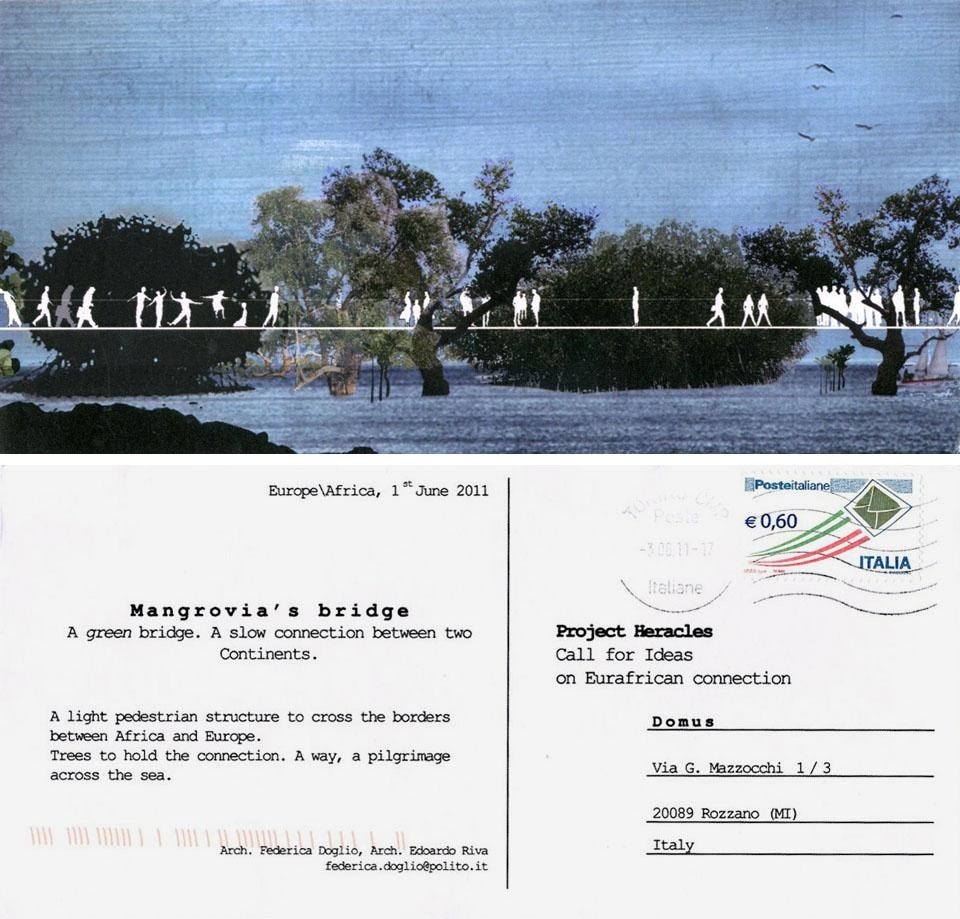
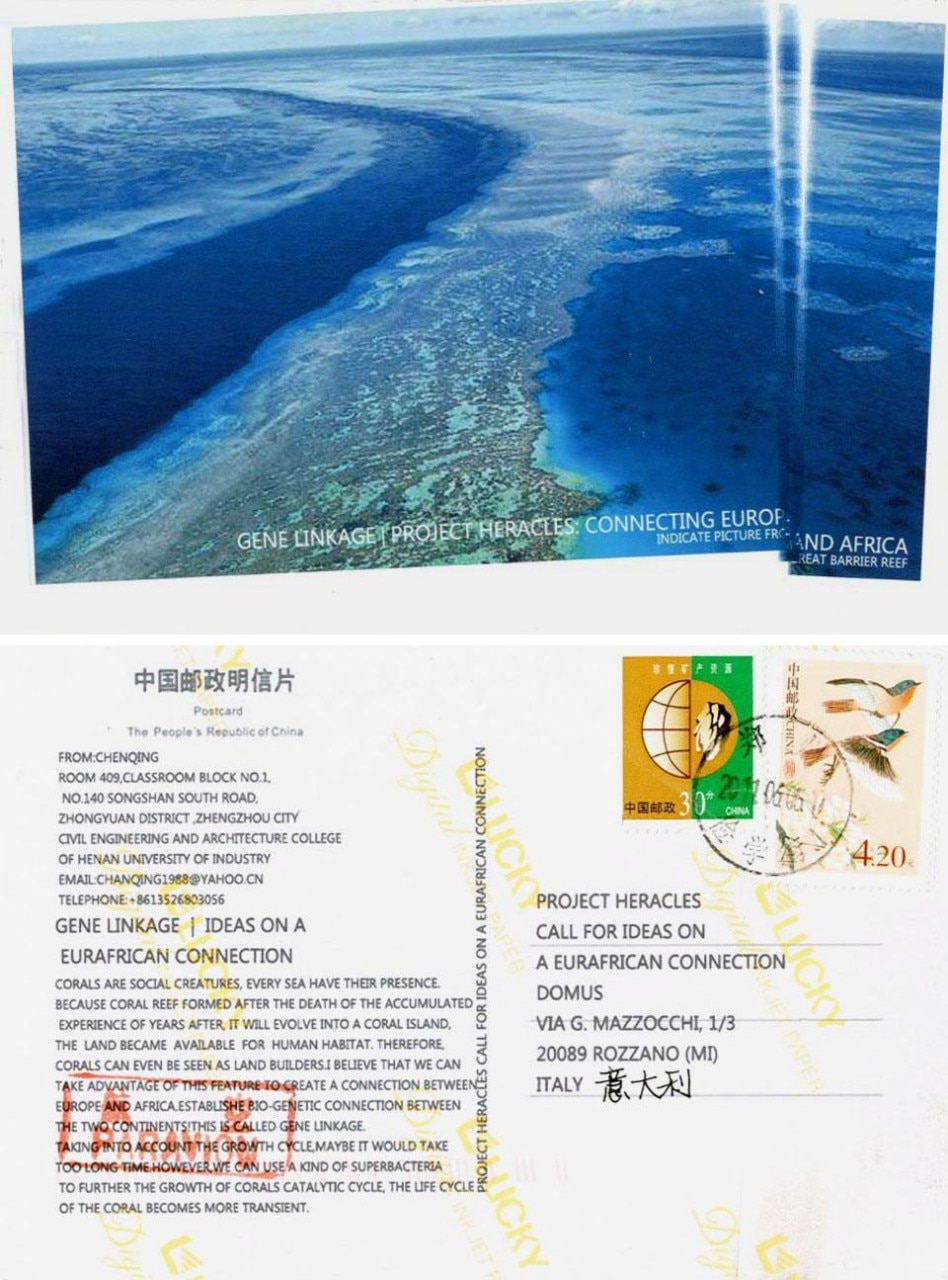
Towards a genetically modified architecture...


